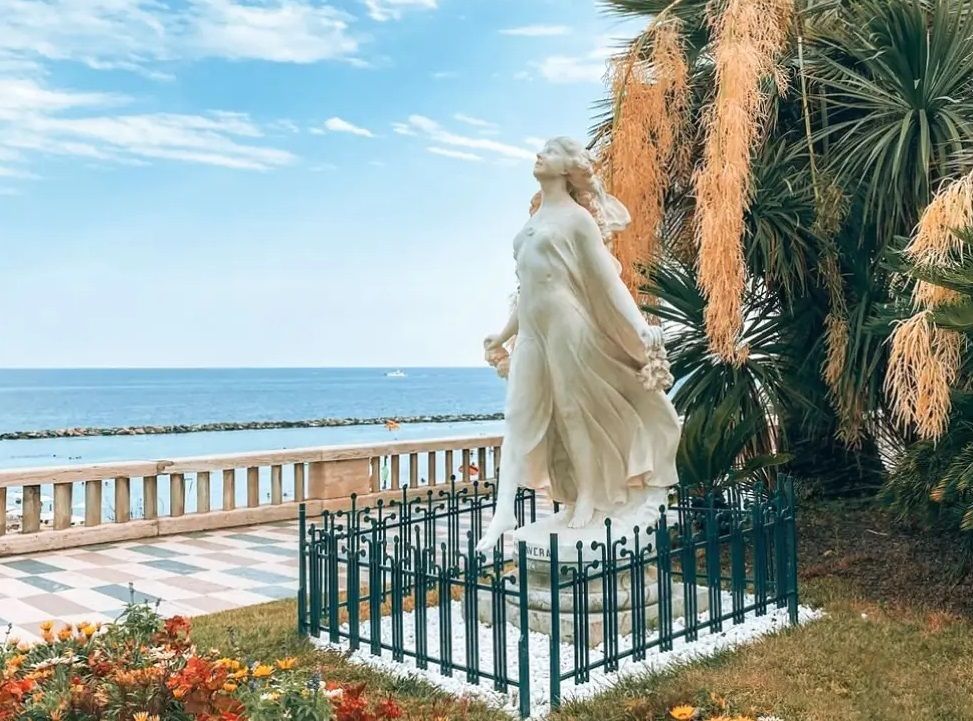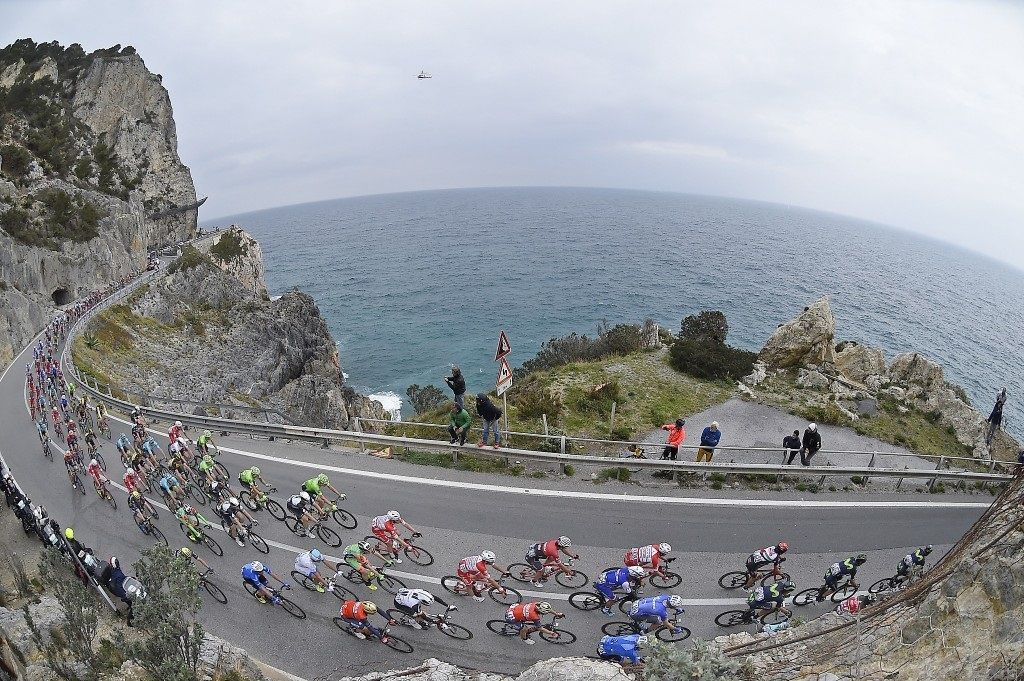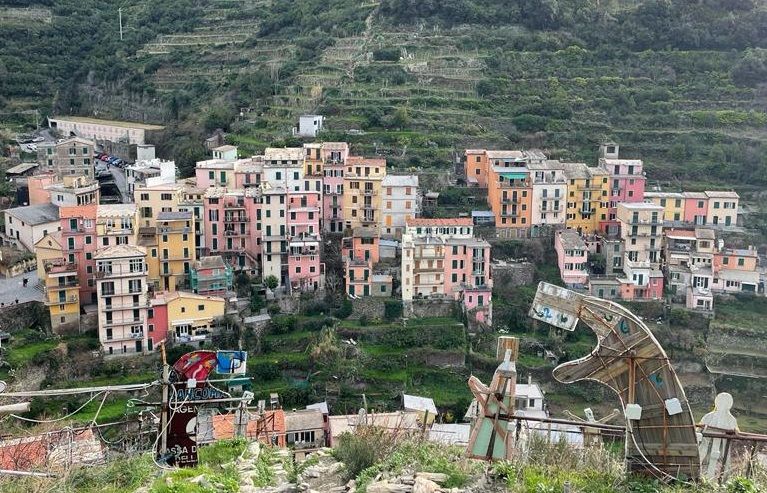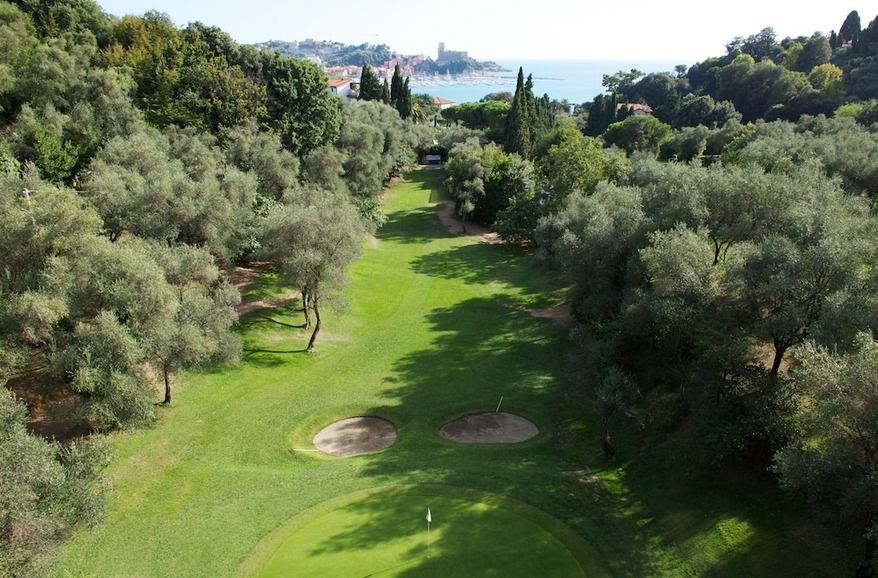In the footsteps of Monet
Flower Riviera
Everything is admirable, and every day the countryside is more beautiful. Everything here is beauty and the weather is superb, wrote Claude Monet in 1884 to his friend and Parisian art dealer Durand-Ruel. Monet was in Bordighera town, where he arrived on 18 January and from where he left on 3 April. He stayed at the "Pension Anglaise" for 79 days: less than three months, which for Monet represented an inexhaustible source of inspiration, and for the Riviera dei Fiori the memory of an indelible passage, made eternal by the canvases on which the artist painted
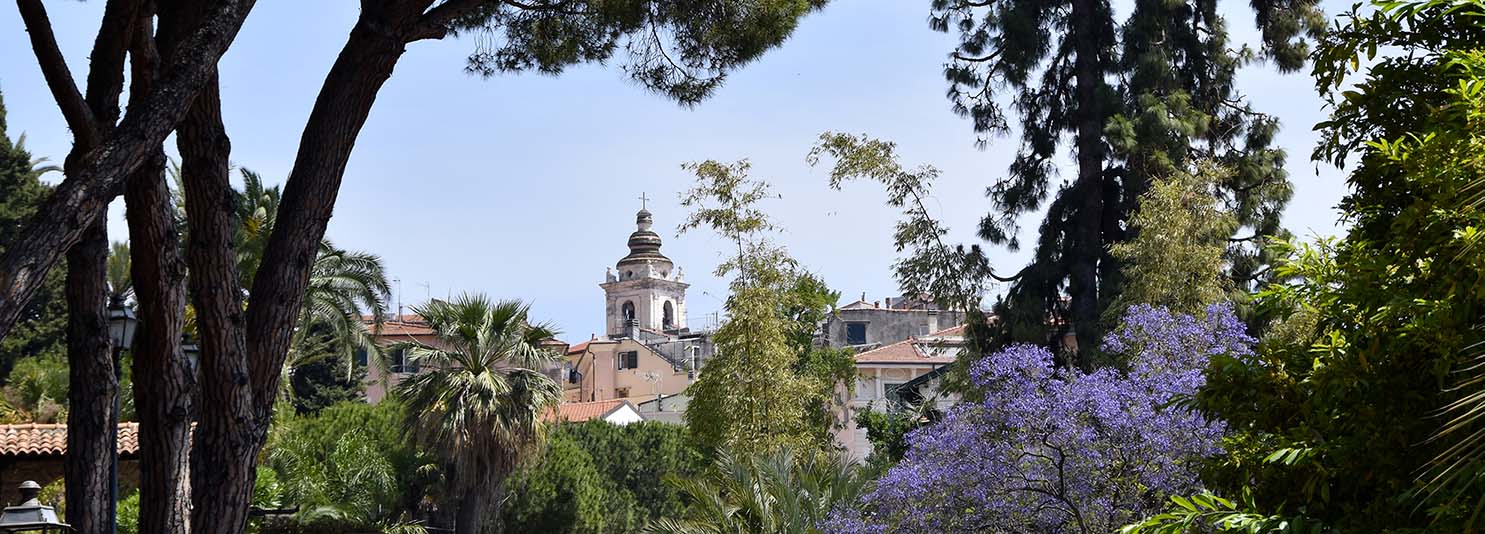
Bordighera town and its palm trees
Today's traveller, following in Monet's footsteps, is struck by one fact: that world, which had struck Claude Monet's imagination and heart, has not changed. A century and a quarter have not changed Bordighera town or Dolceacqua. Monet described the Giardino Moreno in Bordighera town as 'phantasmagorical', as 'all the plants of the universe seem to grow there spontaneously'. It is still partially visible between Via Romana and Via Tumiati, along the Beodo path, in the present-day Monet Gardens, in the gardens of Villa Palmizi and Villa Schiva, where a superb

The sea
In Bordighera town, Monet was enraptured by the 'blue sea', the exotic palm trees and the exuberant vegetation. Perhaps too much: 'I would like to make orange and lemon trees that stand out against the blue sea, I can't find them the way I want. As for the blue of the sea and sky, it is impossible'. During those 79 days, Monet depicted the Via Romana and the old town seen from afar, from the top of the Torre dei Mostaccini and the Vallone del Sasso.
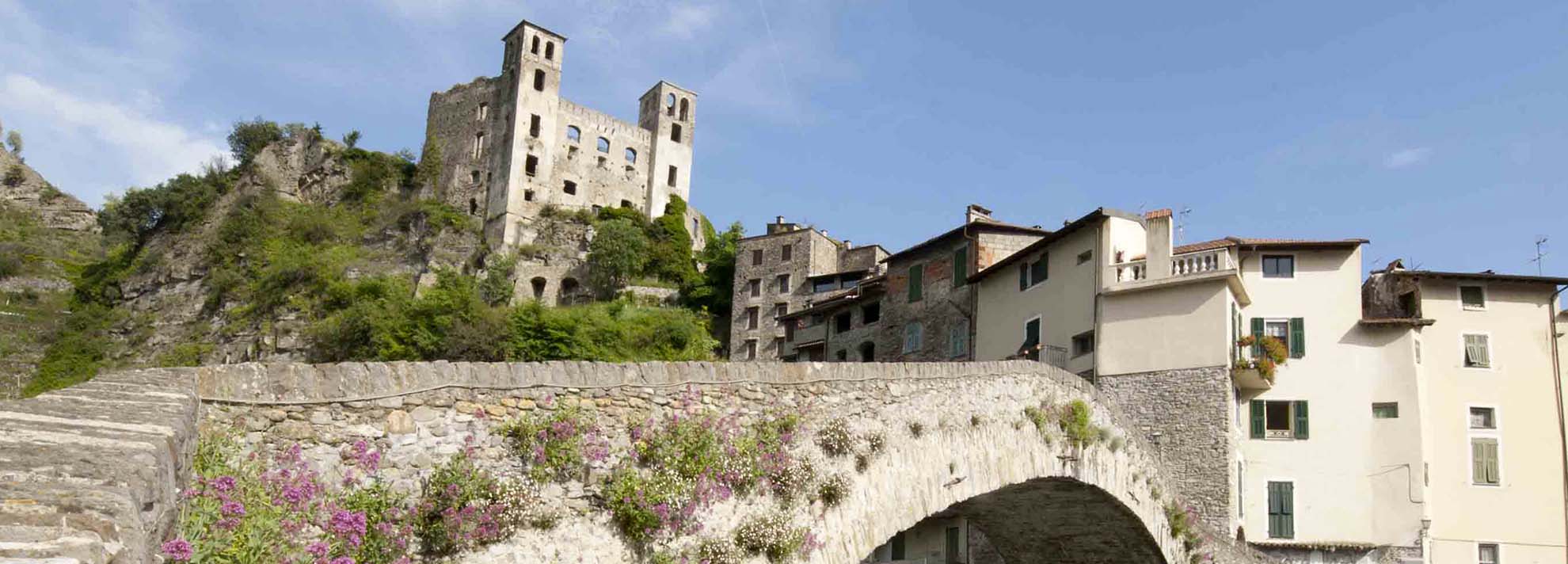
Dolceacqua
Monet visited the medieval village on a day that was memorable for him: 'We had a wonderful excursion. We left by carriage early in the morning and reached an extraordinarily picturesque village in the Val Nervia...unfortunately I will never be able to recount the marvels I saw on the way back through my paintings because of the difficulties I would have to face to return there to paint';in this case Monet was wrong, because his memory convinced him to leave an imprint and the painting 'The Bridge and the Castle' remains one of the most celebrated in the history of Impressionism.




